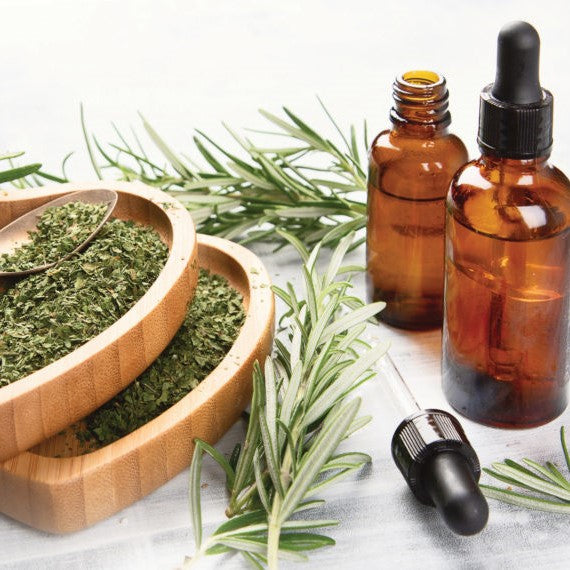
Cultivate Fresh Flavors at Home with Rosemary Seeds
Embarking on a Garden Journey
Growing your own herbs can be a rewarding and fulfilling experience, allowing you to cultivate fresh flavors right in your own backyard or kitchen. Among the plethora of herbs available, rosemary stands out for its robust flavor, aromatic fragrance, and versatile culinary uses. By starting with rosemary seeds, you can embark on a garden journey that not only enriches your cooking but also connects you with nature and the joy of gardening.
Selecting the Right Seeds
Before diving into your gardening project, it’s essential to select the right rosemary seeds for your needs. When choosing seeds, opt for high-quality varieties from reputable suppliers to ensure optimal germination and growth. Look for certified organic seeds that are free from pesticides and other harmful chemicals, as organic seeds tend to produce healthier and more flavorful plants. Additionally, consider factors such as your climate, soil type, and available space when selecting rosemary seeds to ensure success in your gardening endeavors.
Preparing the Growing Environment
Once you have your rosemary seeds, it’s time to prepare the growing environment for optimal germination and growth. Rosemary thrives in well-drained soil with plenty of sunlight, so choose a sunny spot in your garden or balcony for planting. If you’re growing rosemary indoors, use a well-draining potting mix and place your pots near a sunny window or under grow lights to provide ample light for your plants. Avoid overwatering your rosemary, as this herb prefers slightly dry conditions and can suffer from root rot if soil is too moist.
Sowing the Seeds
When it comes to sowing rosemary seeds, timing is key. Start sowing your seeds indoors 8-10 weeks before the last frost date in your area to give your plants a head start on the growing season. Fill small pots or seed trays with moistened potting mix, then sprinkle the rosemary seeds evenly on the surface of the soil. Cover the seeds lightly with a thin layer of soil, then water gently to settle the soil and ensure good seed-to-soil contact. Place your pots or trays in a warm, sunny location and keep the soil consistently moist but not waterlogged.
Caring for Seedlings
As your rosemary seeds germinate and grow into seedlings, it’s important to provide them with the care they need to thrive. Keep your seedlings in a warm, sunny location with plenty of airflow to prevent damping off and other fungal diseases. Water your seedlings regularly, allowing the soil to dry out slightly between waterings to prevent root rot. Once your seedlings have developed a few sets of true leaves, you can transplant them into larger pots or directly into the garden, spacing them 12-24 inches apart to allow for proper growth.
Harvesting and Enjoying Fresh Rosemary
After several weeks of growth, your rosemary plants will be ready for harvesting. Harvest rosemary leaves as needed by snipping off the top few inches of growth with clean, sharp scissors or pruning shears. Avoid harvesting more than one-third of the plant’s total growth at once to ensure continued healthy growth. Fresh rosemary can be used in a variety of culinary dishes, from roasted meats and vegetables to soups, stews, and sauces, adding a fragrant and flavorful touch to your home-cooked meals.
Preserving Rosemary for Future Use
If you find yourself with an abundance of fresh rosemary, consider preserving it for future use. Rosemary can be dried, frozen, or infused into oils and vinegars to prolong its shelf life and preserve its flavor. To dry rosemary, simply tie bunches of fresh sprigs together and hang them upside down in a warm, dry location until fully dried. Once dried, strip the leaves from the stems and store them in an airtight container for use in cooking. Alternatively, freeze rosemary leaves in ice cube trays with water or oil for convenient use in recipes.
Sharing the Joy of Gardening
Growing rosemary from seeds not only allows you to enjoy the freshest flavors in your cooking but also fosters a deeper connection with nature and the joys of gardening. Share your love of gardening and fresh herbs with family and friends by giving them pots of homegrown rosemary as gifts or inviting them to join you in planting and caring for their own herb gardens. With a little time, patience, and care, you can cultivate a thriving garden of rosemary and other herbs that brings joy, flavor, and beauty to your home.








